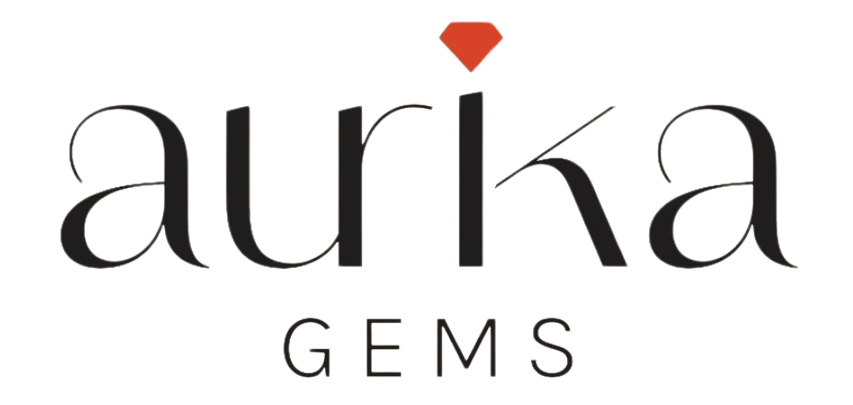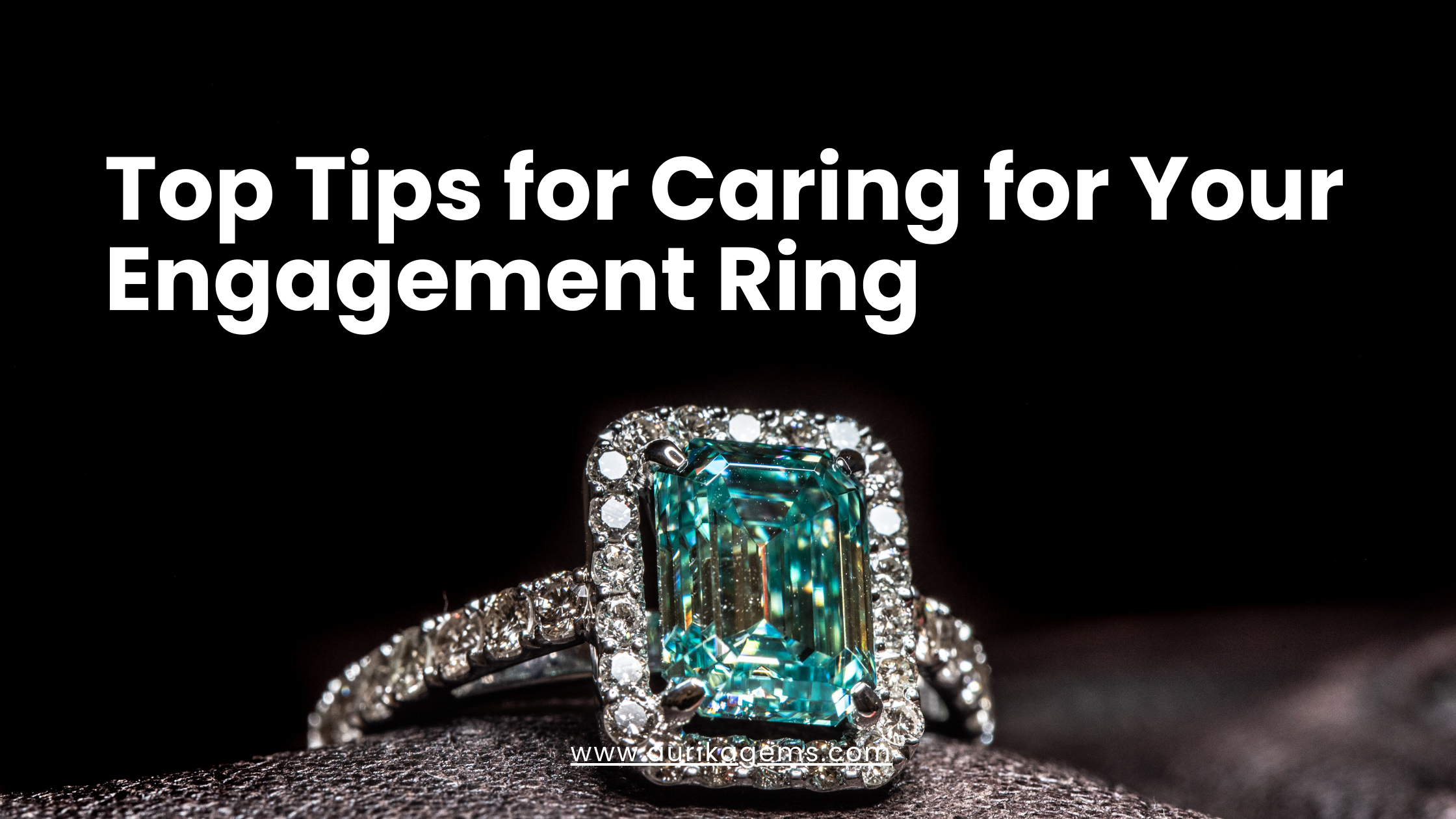
How to Measure Ring Size
Choosing the perfect engagement ring is exciting, but knowing your exact ring size is crucial to ensure a comfortable fit. An engagement ring should be snug enough to avoid slipping off but loose enough to slide over the knuckle without difficulty. This guide will walk you through How to Measure Ring Size, the factors to consider, and common methods for measuring your ring size at home or with professional help.
Table of Contents:
- Why Ring Size Matters
- Factors That Affect Ring Size
- Methods to Determine Your Engagement Ring Size
- How to Measure Ring Size at Home
- Using Professional Ring Sizing Services
- International Ring Size Conversion Chart
- Common Mistakes When Measuring Ring Size
- What to Do If You Order the Wrong Size
- FAQs on Engagement Ring Sizing
- Conclusion
1. Why Ring Size Matters
Getting the right engagement ring size is essential to ensure your ring is comfortable, secure, and shows off your stone in the best possible way. A well-fitting ring:
- Prevents discomfort: A ring that's too tight can cause irritation, while a loose ring can slip off or rotate.
- Keeps the diamond or gemstone in place: A correctly sized ring keeps the stone positioned properly on your finger.
- Avoids unnecessary resizing: Resizing a ring after purchase can compromise the setting or alter the design.
2. Factors That Affect Ring Size
Several factors can influence your ring size. It’s important to be aware of these variables when measuring to ensure accuracy:
- Time of Day: Fingers tend to be smaller in the morning and swell throughout the day, especially in warmer weather.
- Temperature: Cold weather can cause fingers to shrink, while heat can make them swell.
- Dominant Hand: The fingers on your dominant hand are often slightly larger than those on your non-dominant hand.
- Knuckle Size: If you have larger knuckles, you'll need to account for this when sizing, as the ring needs to pass over the knuckle comfortably but still fit snugly on the finger.
- Finger Shape: Some people have fingers that taper, meaning the base of the finger is smaller than the knuckle. In this case, the ring should fit well at both points.

3. Methods to Determine Your Engagement Ring Size
There are several methods to determine your ring size accurately. These range from at-home techniques to professional services offered by jewelers:
- Using a Ring Size Chart: Many jewelers and online stores provide a ring size chart that can help you measure at home. A ring size chart is a guide that shows different sizes and can be used to measure an existing ring or your finger.
- Ring Sizers: Plastic or metal ring sizers are available to help you try on different sizes. This is a highly accurate method.
- Paper or String Method: You can use a piece of string or a strip of paper to wrap around your finger, then measure its length against a ruler.
4. How to Measure Ring Size at Home
Method 1: Measuring Your Finger Using a String or Paper
- Cut a thin strip of paper or piece of string: The strip should be about 1/4 inch wide and long enough to wrap around your finger.
- Wrap it around the base of your finger: Ensure the string or paper is snug but not too tight.
- Mark where the ends meet: Use a pen to mark the point where the paper or string overlaps.
- Measure the length: Lay the string or paper flat and measure the length from the end to the mark using a ruler.
- Compare to a ring size chart: Convert your measurement (in millimeters) to the corresponding ring size using the chart below.
Method 2: Measuring an Existing Ring
- Find a ring that fits the intended finger: It should be a ring that fits well and is comfortable.
- Measure the internal diameter: Use a ruler to measure the inside diameter of the ring (the widest part, from one side to the other).
- Compare with a ring size chart: Match the internal diameter to the ring sizes on the chart below.
5. Using Professional Ring Sizing Services
If you want to ensure perfect accuracy, visiting a jeweler for a professional sizing is the best option. Jewelers use a set of metal or plastic ring sizers, which allow you to try on different sizes until you find the perfect fit. This method is quick, highly accurate, and often offered for free.
6. International Ring Size Conversion Chart
Ring sizes can vary depending on the country or region. Below is a conversion chart to help you find the right size based on different measurement systems:
|
Circumference (mm) |
US/Canada |
UK/Australia |
Europe |
Japan |
Diameter (mm) |
|
44.2 |
3 |
F |
44 |
4 |
14.1 |
|
45.5 |
3.5 |
G |
45 |
5 |
14.5 |
|
46.8 |
4 |
H |
46 |
6 |
14.9 |
|
48.0 |
4.5 |
I |
47 |
7 |
15.3 |
|
49.3 |
5 |
J |
49 |
9 |
15.7 |
|
50.6 |
5.5 |
K |
50 |
10 |
16.1 |
|
51.9 |
6 |
L |
52 |
12 |
16.5 |
|
53.1 |
6.5 |
M |
53 |
13 |
16.9 |
|
54.4 |
7 |
N |
54 |
14 |
17.3 |
|
55.7 |
7.5 |
O |
55 |
15 |
17.7 |
|
57.0 |
8 |
P |
57 |
16 |
18.1 |
|
58.3 |
8.5 |
Q |
58 |
17 |
18.5 |
|
59.5 |
9 |
R |
59 |
18 |
18.9 |
|
60.8 |
9.5 |
S |
61 |
19 |
19.3 |
|
62.1 |
10 |
T |
62 |
20 |
19.7 |
|
63.4 |
10.5 |
U |
63 |
22 |
20.1 |
|
64.6 |
11 |
V |
64 |
23 |
20.5 |
|
65.9 |
11.5 |
W |
66 |
24 |
20.9 |
|
67.2 |
12 |
X |
67 |
25 |
21.3 |
Use this chart to easily convert measurements and find the perfect fit regardless of your location.
7. Common Mistakes When Measuring Ring Size
Here are some common pitfalls to avoid when measuring your ring size:
- Measuring at the wrong time of day: Always measure your ring size in the evening when your fingers are at their largest.
- Not accounting for knuckle size: If you have larger knuckles, make sure the ring can pass over the knuckle without being too loose on the finger.
- Using inaccurate tools: Avoid using flimsy or stretchy materials when measuring. A plastic ring sizer or a paper strip is ideal.

8. What to Do If You Order the Wrong Size
If you’ve ordered a ring and find that it doesn’t fit, don’t panic. Many jewelers offer resizing services. However, keep in mind that not all rings can be resized easily. Rings with intricate designs, full pavé settings, or tension settings may be more difficult to adjust.
If resizing isn’t an option, you can also consider using a ring adjuster—a small piece of plastic or metal that slips onto the band to provide a tighter fit.
9. FAQs on How to Measure Ring Size
Q: What if my ring size is between two sizes?
A: It's generally better to size up, as it’s easier to adjust a ring that’s slightly too large than one that’s too small.
Q: Can I use a ring I already own to determine my size?
A: Yes, if the ring fits the same finger you plan to wear the engagement ring on. Use the internal diameter of that ring to find your size on a ring size chart.
Q: Does my ring size change over time?
A: Yes, factors like weight gain, pregnancy, and aging can cause your finger size to change. It’s a good idea to recheck your ring size periodically.
Read More:
- Introduction to Engagement Rings
- Types of Engagement Rings
- Choosing the Right Metal
- Understanding Diamond Shapes and Cuts
- The 4 Cs of Diamonds
- Custom vs. Ready-Made Engagement Rings
- Setting a Budget
- Ethical and Sustainable Options
- How to Care for Your Engagement Ring
10. Conclusion
Determining the right engagement ring size is essential for a comfortable and secure fit. By considering factors like time of day, knuckle size, and finger shape, you can ensure you’re measuring correctly. Whether you use at-home methods or professional services, the right ring size ensures that your engagement ring is both beautiful and practical.
Now that you know how to find the perfect ring size, you can shop with confidence, knowing your ring will fit perfectly and last a lifetime.


